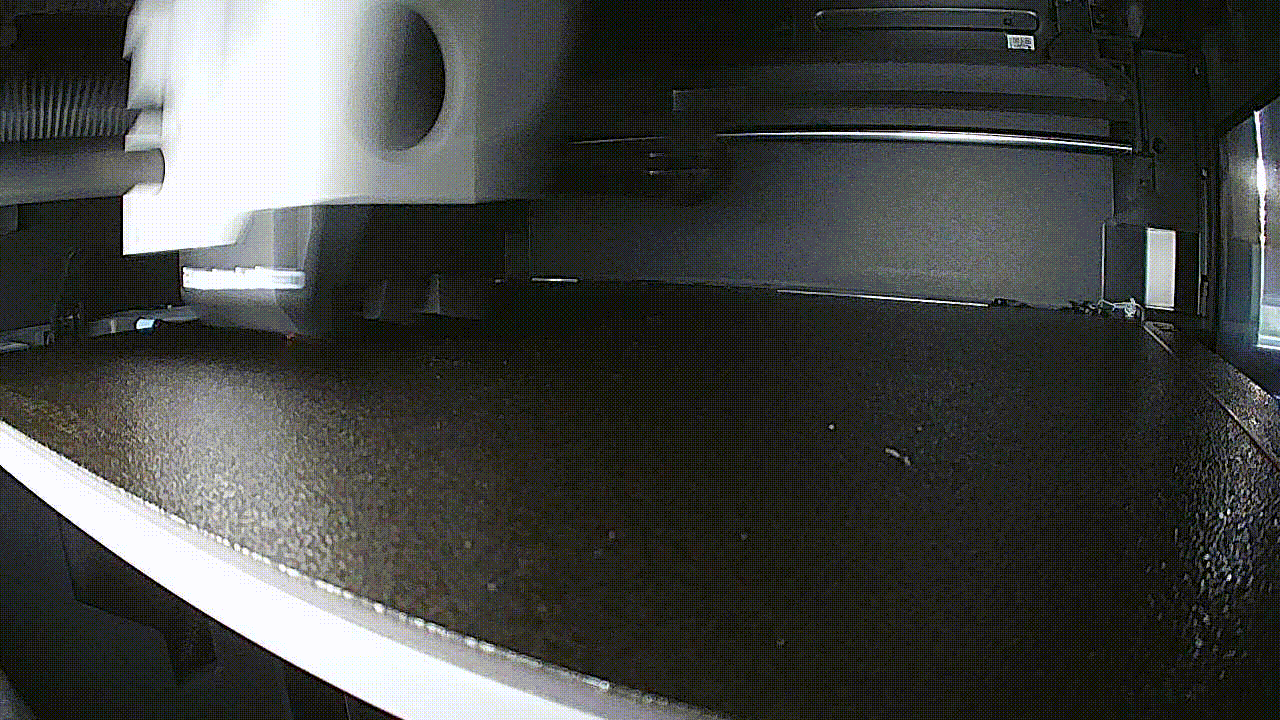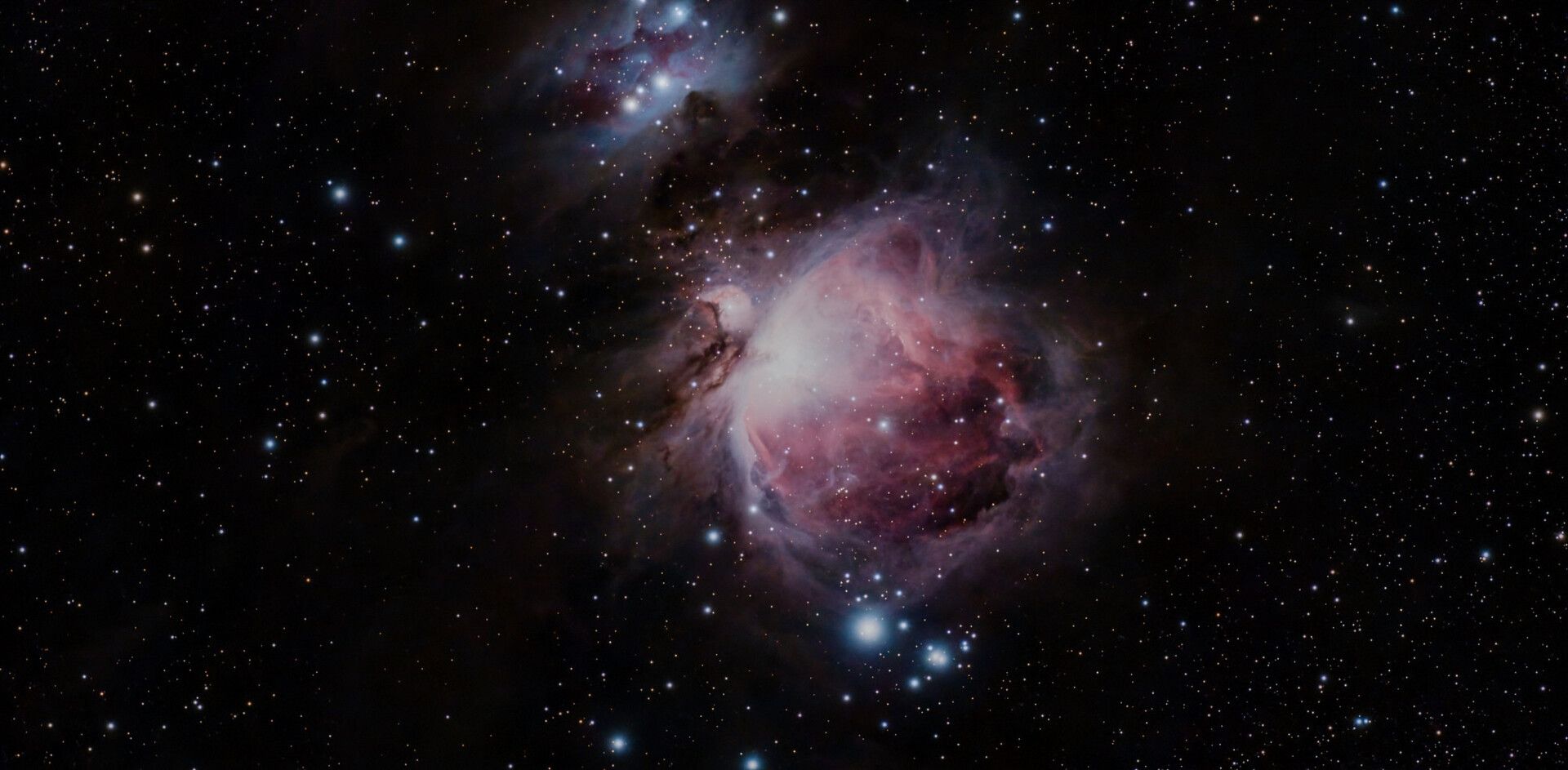As brownshirts from ICE and Border Patrol are actively terrorizing and occupying US cities in the administration’s shameful ongoing campaign, we’ve all been inundated with images of neighbors being disappeared; children wrenched away from their families; bystanders brutalized for daring to film the atrocities. Amidst all of the despair, I’ve also found images and stories of communities coming together to protect each other, and using their physical and social locations to do so. Immigrant rights and civil service organizations have long distributed Know Your Rights cards in communities burdened by the system, but these recent assaults have required more creative tactics.
If you have a strongly positive association with a cart full of school supplies, or love journaling and scrapbooking, it might be time to look into making zines as a way to share vital information. I have a longtime love of zines - I even publish a few myself, like the annual community giving guide put together for my communities in SE Michigan. In order to help the growing ICE Watch groups and infrastructures popping up to resist the increased rate of disappearances, organizers have been creating protocols on how to share useful information on sightings. A wonderful illustrator & designer has been making zines for vetted ICE Watch details by state and has posted them on a Drive link to print at home (there’s not yet a Michigan version, but hopefully one will come when it is needed most.) Across Chicago, neighborhoods are organizing their own ICE Watch groups, proactively patrolling streets and schoolfronts, carrying emergency whistles and a developed code for signaling ICE presence, distributed via zine. Self publishing under fascism is creativity applied at scale, and it’s heartening to see how much the power of making things can bring folks into collective action. This week’s episode of Movement Memos is also about the power of making things together and democratizing knowledge, and is always a recommended listen.
Do you have a 3d printer or know your way around a Makerspace? After talking with some fellow organizers in Chicago and Portland, we noticed that the pricing for the emergency whistles used in these ICE patrols has quintupled over the past few months; whether that is an impact of the increased tariffs or just pure uncut capitalist greed, we’ll likely never know. I picked up a BambuLab printer in November of last year to help learn a new skill, open up another creative outlet and also to give myself the ability to produce small things that would reduce my reliance on Amazon, or in case of supply chain issues… a fairly prescient decision. I’m not skilled at 3d modeling, but the best news is that I didn’t have to be in order to contribute - right now my printer is happily humming away, printing 10 whistles at a time based on a Creative Commons model folks have made available on the internet. One kilogram of the most common 3d printer filament can usually be had for less than $15-20, and this particular model only needs 3g of plastic to print; takes some time and electricity, but being able to run some of these off each night means I’m building a handy stockpile for local actions and a way to provide some mutual aid to cities overwhelmed and working to organize.

a timelapse of the 30 whistles I 3D-printed while writing this post
There are a number of community members and neighbors who are finding ways to shield folks being targeted through simple substitution; for example, street vendors who are afraid to work normally during this time being protected by neighbors buying out their products or selling them for them. It doesn’t always even have to be that deep; entire movements have been funded by bake sale or fish fry, and it’s a way to channel some love and labor into money for lawyers, documents, or bail money. I highly recommend crafters of all disciplines read Shannon Downey’s excellent book Let’s Move The Needle: An Activism Handbook for Artists, Crafters, Creatives, and Makers; Build Community and Make Change!
I’m not someone who could ever earnestly be called an optimist; it probably comes across surprising to the people who interact with me regularly, but I was such an anxious child that my mom’s nickname for me was Eeyore from Winnie the Pooh. My favorite book as a pre-teen was the Worst Case Scenario Handbook. So when I say that I have hope in this moment and beyond, it isn’t based on an expectation of a heroic political figure or a sudden shift in our collective national consciousness. Each of the actions described above are handholds of hope, examples of people choosing to move against the current in a turbulent era.

the Orion Nebula, taken by me during a bout of insomnia this week
Staring up into a clear night, forcibly pushing down the anxiety welling up about how things have been going so bad, so quickly, I had a couple of clarifying thoughts. There is no one in the lighthouse; neither our leaders or institutions are going to be a singular point leading us out of this darkness.
At the same time, it is true that there are thousands of us in motion, fumbling towards futures we can only see clearly in our minds, reaching for each other in the night. We’re lighting lanterns, rediscovering old pathways and forging new ones. If you’re lost, don’t despair too long — it’s understandable, but seeking togetherness is always a fine direction. Follow your own constellations, look for folks building fires in the distance; feel out until you find another hand touch yours, and move forward from there.
…hope is a discipline, and we have to practice it every single day. Because in the world which we live in, it’s easy to feel a sense of hopelessness, that everything is all bad all the time, that there is nothing going to change ever, that people are evil and bad at the bottom. It feels sometimes that it’s being proven in various, different ways, so I get that, so I really get that. I understand why people feel that way. I just choose differently. I choose to think a different way and I choose to act in a different way. I choose to trust people until they prove themselves untrustworthy.


